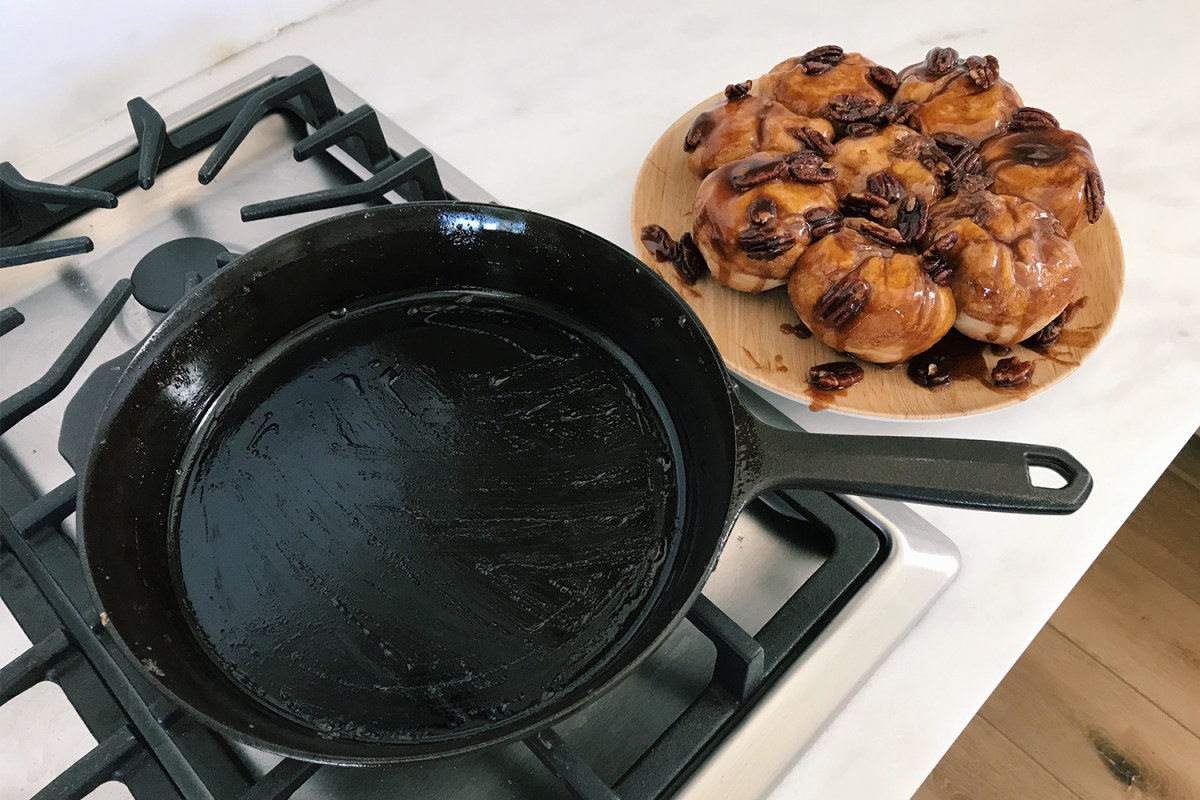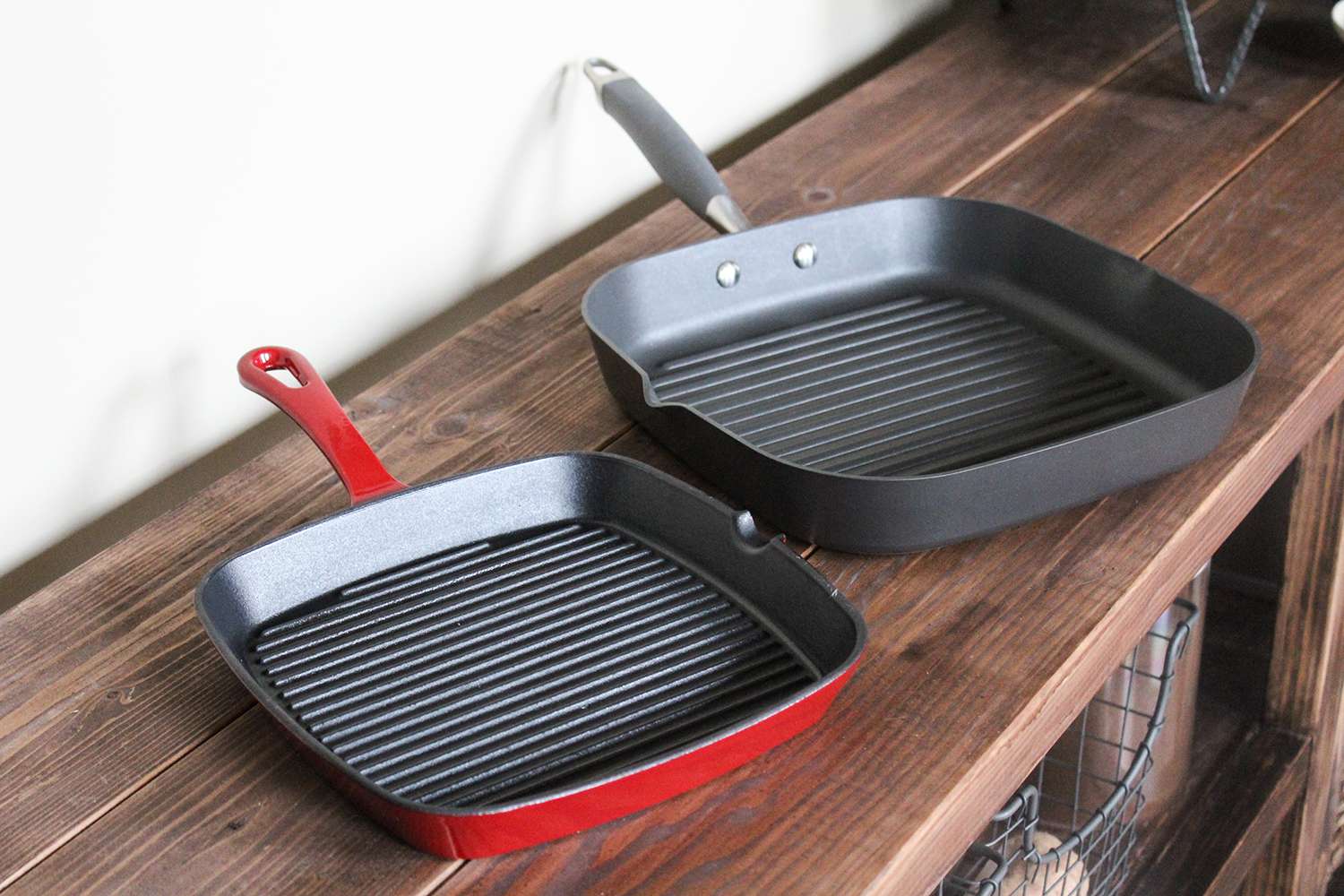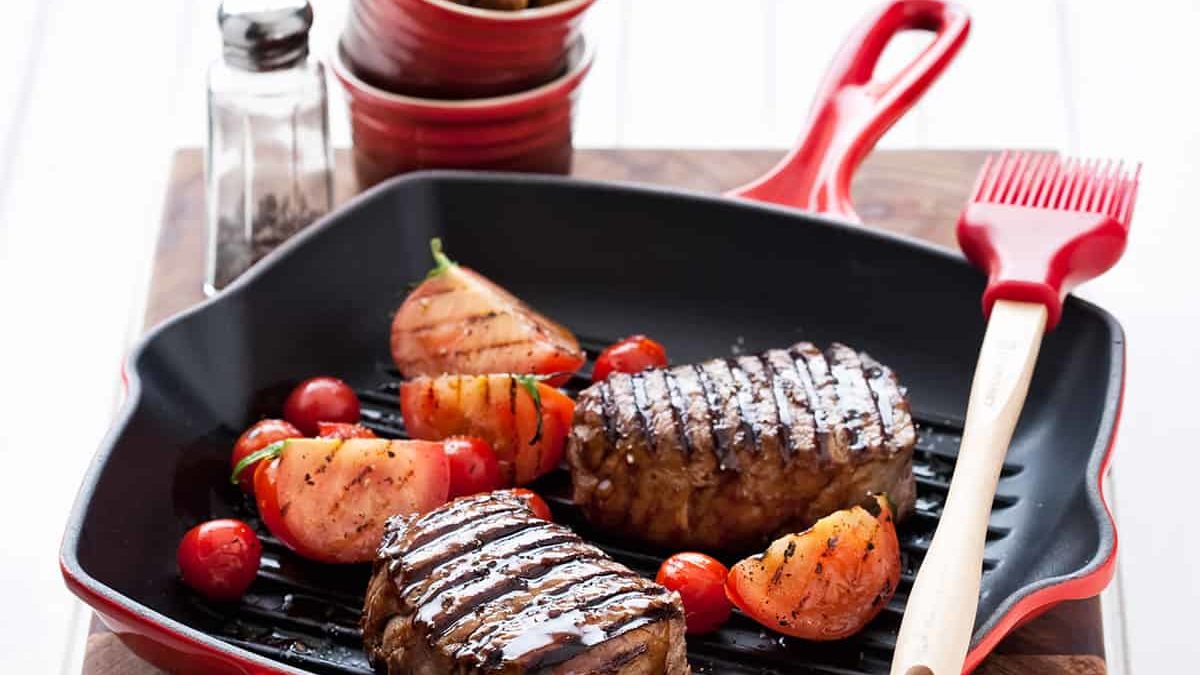In the world of cooking, how to cook hamburger patties in cast iron skillet is an essential skill for any kitchen professional. The cast iron skillet is renowned for its ability to retain heat and evenly distribute it, giving you that perfect sear that every chef is striving for. Understanding how to master the art of cooking hamburger patties using this method will not only elevate your culinary skills but also enhance the flavor of your dishes.
For professionals aiming to deliver excellent culinary results, mastering the cast iron skillet method for hamburger patties can set them apart in their culinary pursuits. The simple yet flavorful cooking techniques can elevate any dish, creating a memorable dining experience for their guests. Lets delve deeper into the process of preparing delicious burger patties using a cast iron skillet.

Essential Equipment: What You Need
Cooking hamburger patties in a cast iron skillet requires a few essential tools that will ensure optimal results:
- Cast Iron Skillet: The core of our focus, a well-seasoned cast iron skillet.
- Spatula: A sturdy spatula is essential for flipping the patties.
- Meat Thermometer: For ensuring that the meat is cooked to safe temperatures.
- Cooking Oil: A high smoke point oil such as canola or grapeseed is advisable. Check out the smoke point of oils for better insight.
- Ground Meat: The choice of meat is crucial; typically, beef is preferred.

Choosing the Right Meat for Hamburger Patties
Selecting the right kind of meat is pivotal for a delightful burger experience. For hamburger patties, a blend of ground beef with a fat content of around 15-20% delivers optimal flavor and juiciness. Remember to consider these factors:
- Fat Content: A burger needs a certain amount of fat to render during cooking.
- Grind Type: Coarse ground meat structures provide better texture.
- Freshness: Always opt for fresh meat to ensure a juicy and flavorful burger.

Preparing Hamburger Patties: Step-by-Step
Now that we have assembled the necessary tools and chosen the right meat, it's time to prepare our hamburger patties. Follow this simple step-by-step guide:
- Form the Patties: Take an appropriate amount of ground beef and shape them into patties, about 3/4-inch thick. The thickness helps to retain moisture.
- Season Generously: Use salt and pepper or your preferred seasoning; sprinkle both sides of the patties before cooking.
- Preheat the Skillet: Place your cast iron skillet on medium-high heat, allowing it to get hot. A properly heated skillet prevents sticking and leads to a better sear.
- Add Oil: Once the skillet is heated, add a tablespoon of oil. Oil not only prevents sticking but also aids in cooking.
- Cook the Patties: Place the patties in the hot skillet, ensuring not to overcrowd them. This allows them to cook evenly. Sear each side for about 3-4 minutes.
- Check the Internal Temperature: Use a meat thermometer to check the doneness; 160F is the safe cooking temperature for ground beef.
- Rest the Patties: Once cooked, allow your patties to rest for a few minutes to let the juices redistribute.

Common Mistakes and How to Avoid Them
Even the most seasoned chefs can make slip-ups while cooking hamburger patties! Lets review a few common mistakes and how to avoid them:
- Overcrowding the Skillet: Ensure sufficient space around each patty.
- Not Preheating Enough: A properly preheated skillet is critical for a good sear; consider reading about troubleshooting in this link.
- Using Low-Quality Meat: Always source quality meats for the best outcome.
Serving Suggestions and Pairing
After successfully cooking your hamburger patties, the next step is serving them. Here are a few serving suggestions to consider:
- Classic Presentation: Serve on a fresh bun with lettuce, tomato, cheese, and your favorite condiments.
- Gourmet Touch: Elevate your dish with ingredients like avocado, roasted garlic, or specialty sauces.
- Side Dishes: Complement your burger with sides like fries, salads, or slaw.
Cleaning Your Cast Iron Skillet
Maintaining your cast iron skillet is vital for longevity and performance:
- Non-Soap Cleaning: Avoid using soap; instead, scrub with a gentle sponge.
- Drying Immediately: Ensure to dry your skillet immediately to prevent rust.
- Re-seasoning: Apply a thin layer of oil and heat on low after cleaning to restore its seasoning.
Variations: Cooking Techniques Beyond the Basics
If youre looking to experiment, there are various cooking techniques and variations:
- Cheese Toasting: Add cheese during the last minute of cooking, covering to allow it to melt.
- Stuffed Patties: Create a pocket in each patty and fill with your favorite ingredients before sealing.
- Using Marinades: Marinate your ground beef prior to cooking for added flavor.
Frequently Asked Questions
What is the best oil for cooking in a cast iron skillet?
The best oils are those with high smoke points, like canola or grapeseed oil.
How do I prevent sticking while cooking?
Preheating the skillet and using enough oil are essential for preventing sticking.
Can I cook other meats in a cast iron skillet?
Absolutely! You can cook steaks, fish, and more, even check out cast iron salmon recipes.
As an Amazon Associate, I earn from qualifying purchases.






Leave a comment
This site is protected by hCaptcha and the hCaptcha Privacy Policy and Terms of Service apply.